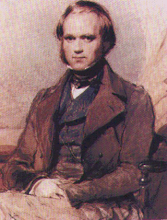
So just what is science?
The dictionary explains that the word comes from the Latin “scientia” meaning “knowledge”, but there are different kinds of knowledge and different ways of accumulating knowledge. Science is the branch of knowledge built on observations of the natural world systematically arranged to reveal patterns. Scientists seek to discover and document these patterns and ultimately understand their underlying causes.
The purpose of science is to understand, explain, and to predict natural phenomena, it is not the purpose of science to judge, rank, or otherwise assign value to the phenomena—that’s the role of other ways of understanding the world, the role of philosophy, the arts, and religion.
Science is best suited to answer the “who, what, where” sorts of questions; the other paths of inquiry are better suited to answer questions related to the ultimate purpose of things.
Photo credit: http://undsci.berkeley.edu/images/us101/scientists.jpg

















